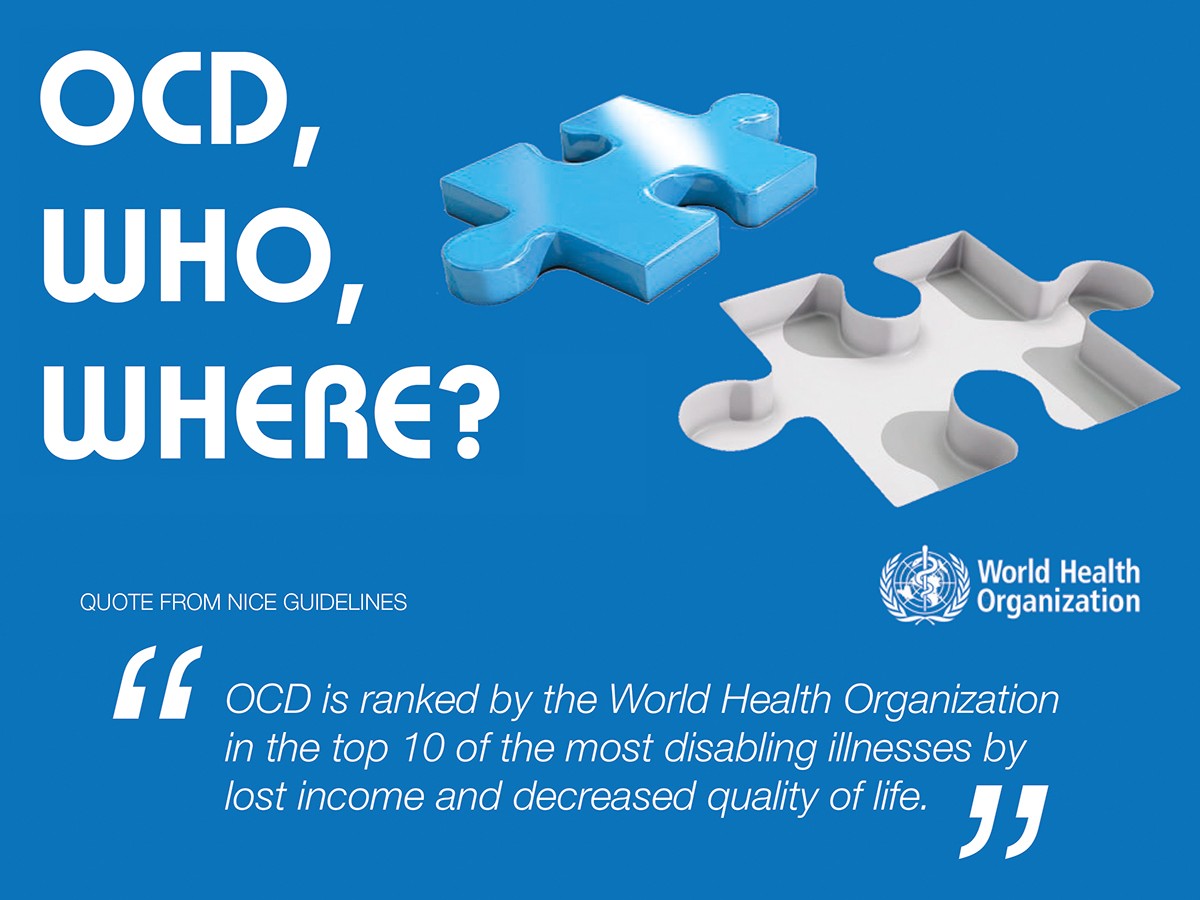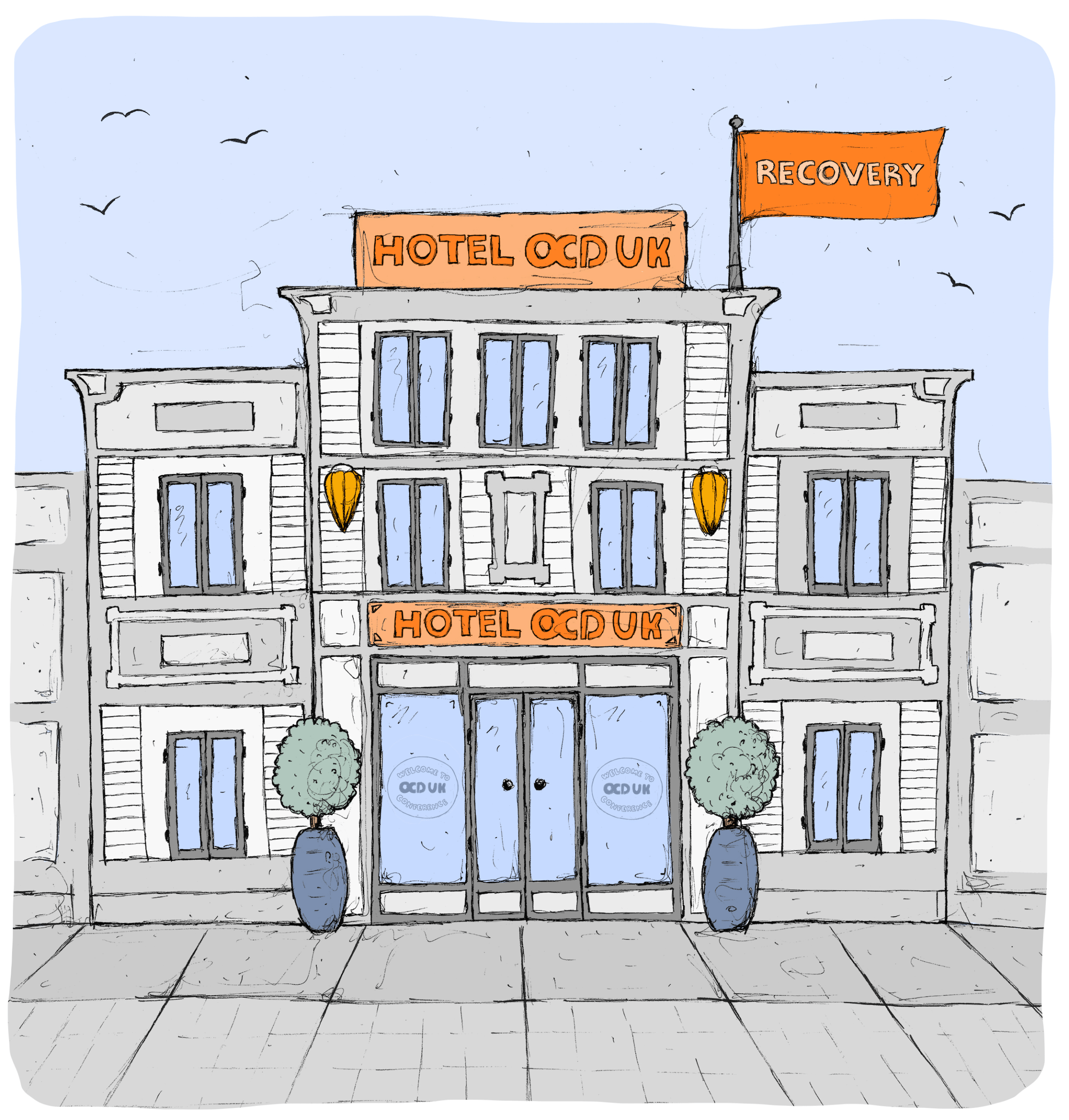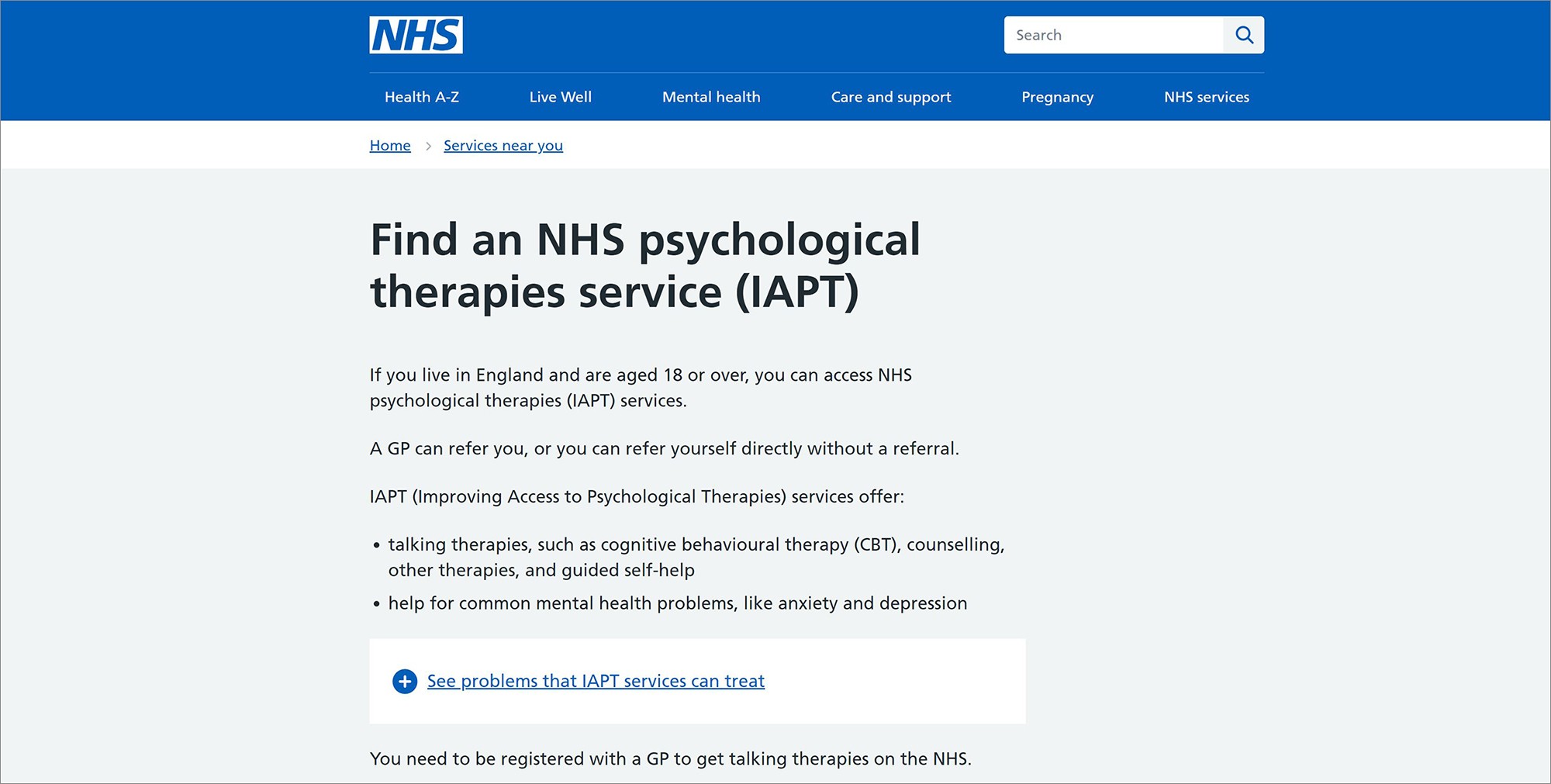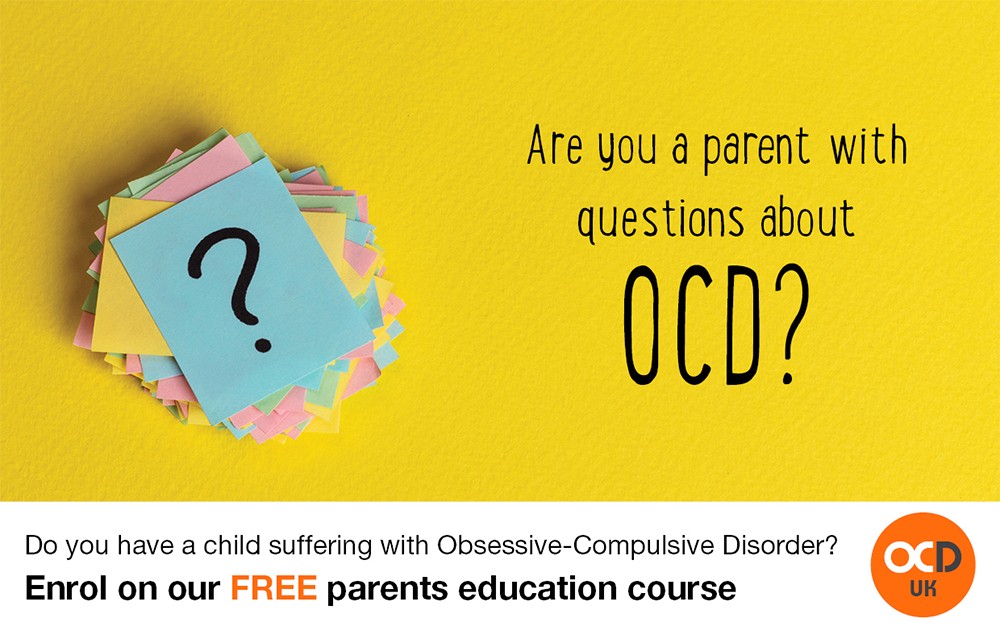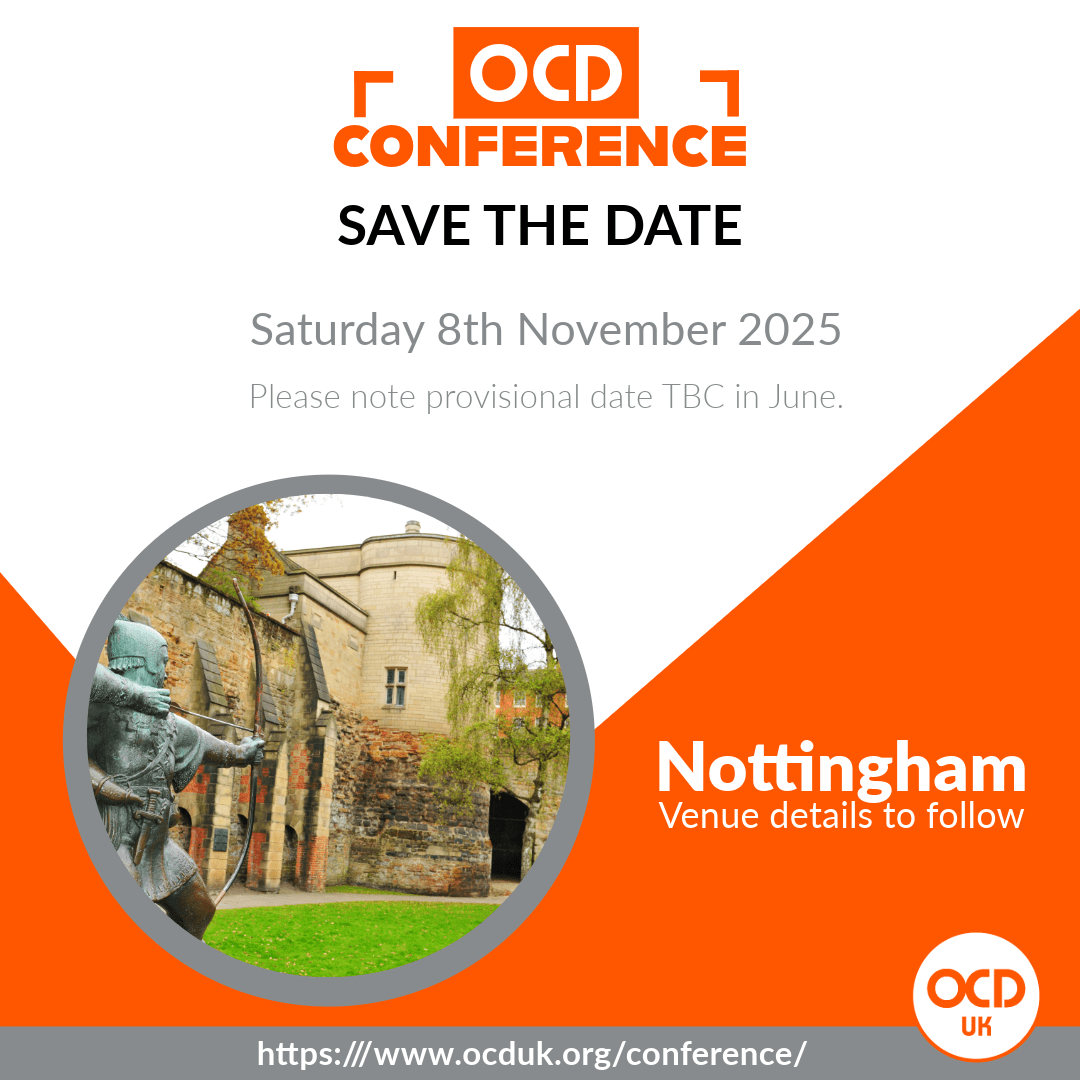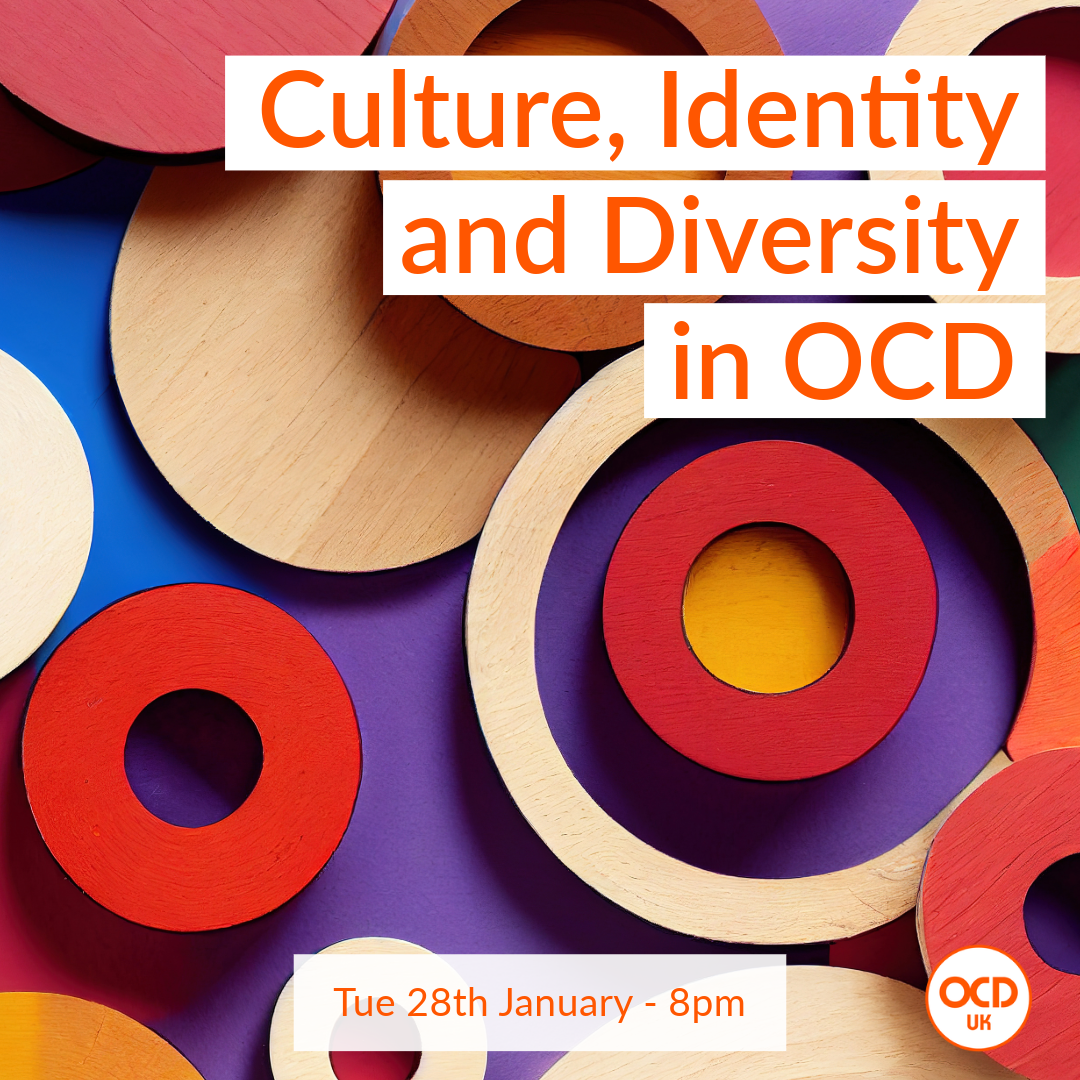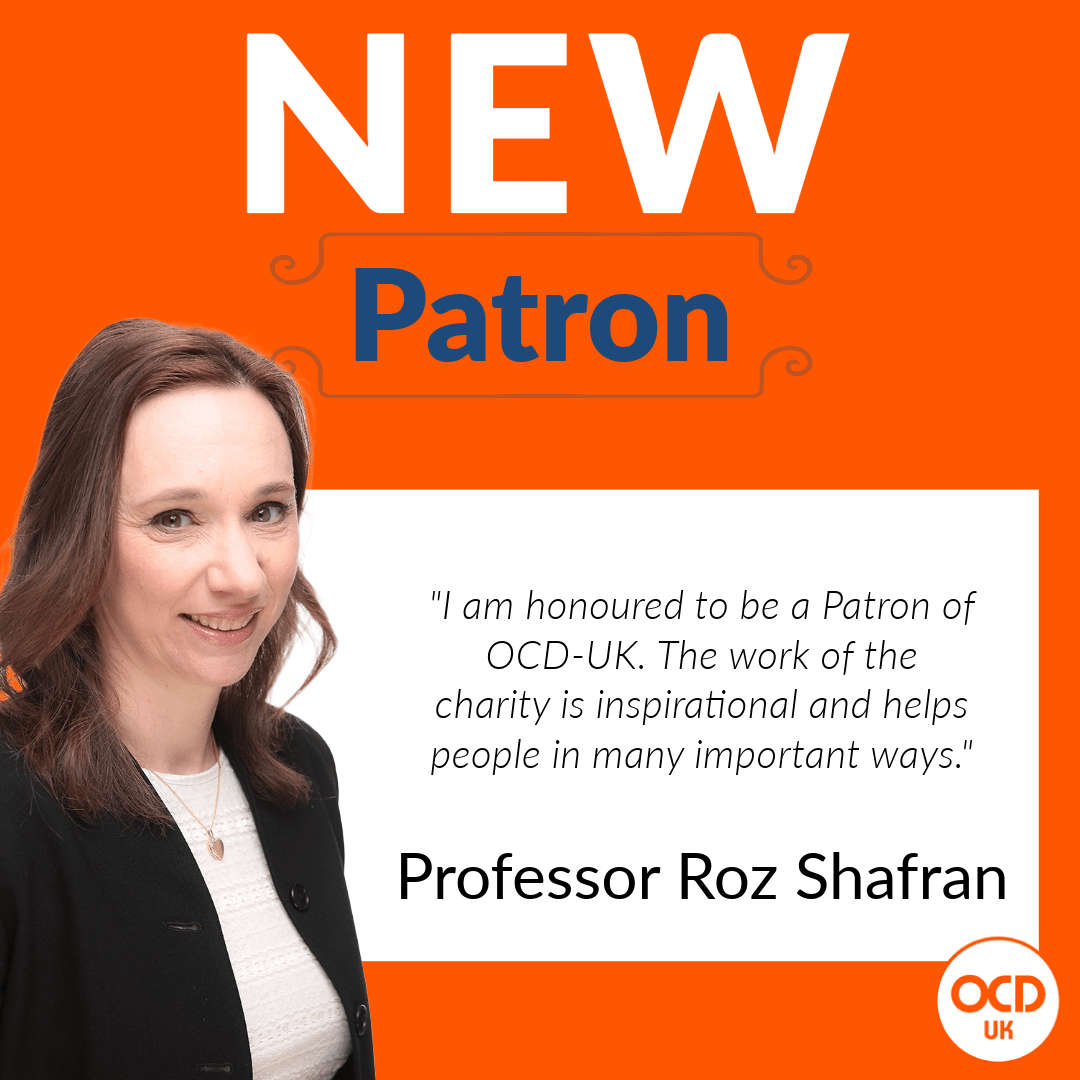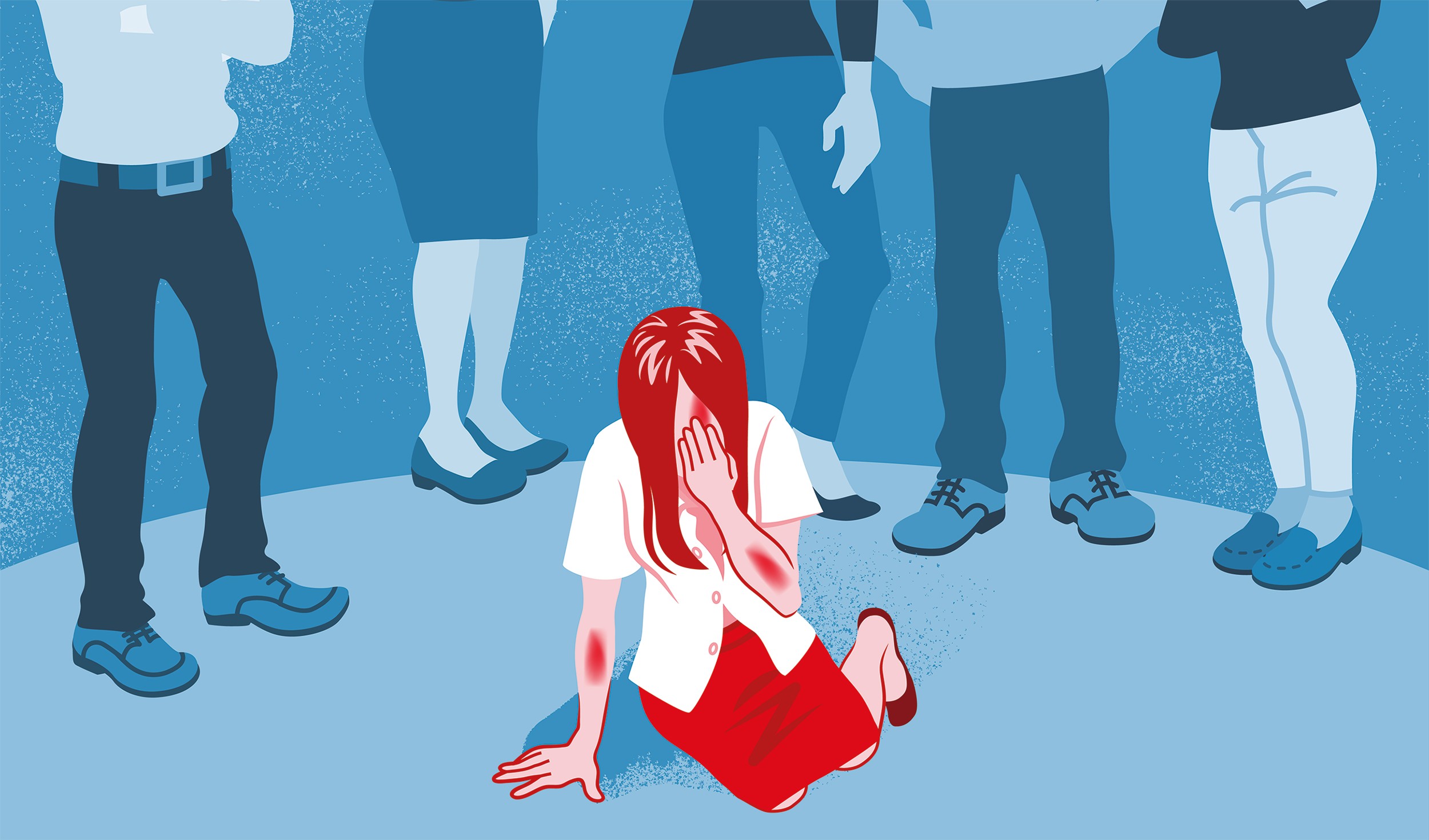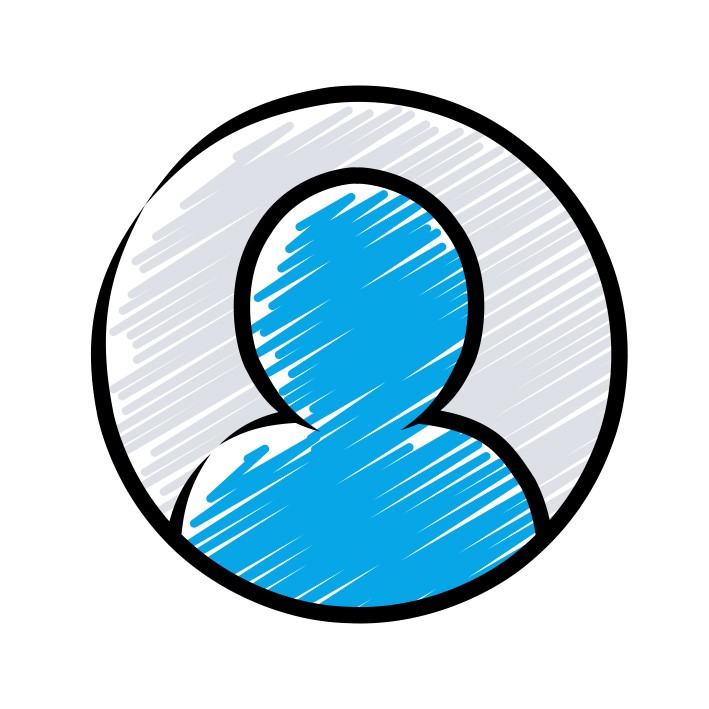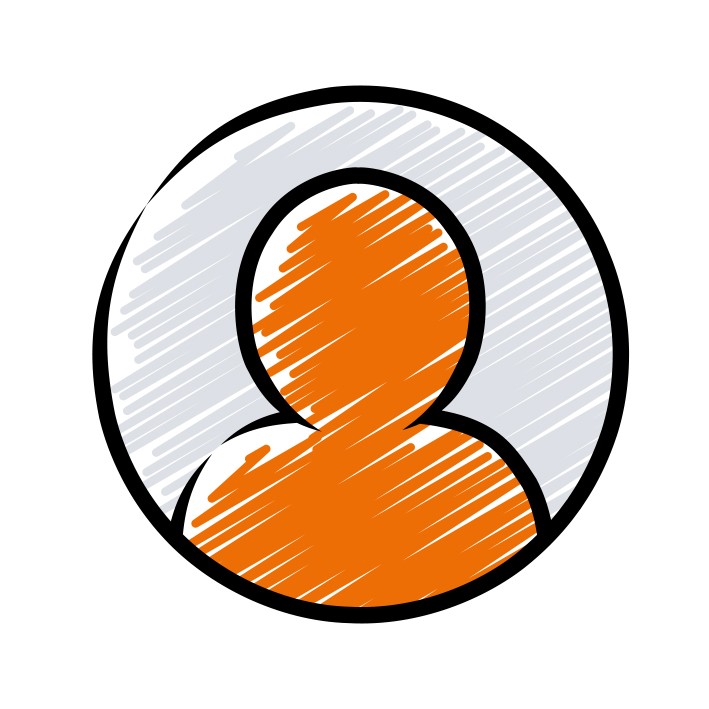Section Contents
 The International Classification of Diseases (ICD) is the international standard diagnostic classification for all recognised diseases and related health problems and is mainly used in the UK and Europe. ICD codes are alphanumeric designations given to every diagnosis and description of symptoms on medical records. These classifications are developed and monitored by the World Health Organization (WHO) for the incidence and prevalence of diseases and other health problems.
The International Classification of Diseases (ICD) is the international standard diagnostic classification for all recognised diseases and related health problems and is mainly used in the UK and Europe. ICD codes are alphanumeric designations given to every diagnosis and description of symptoms on medical records. These classifications are developed and monitored by the World Health Organization (WHO) for the incidence and prevalence of diseases and other health problems.
The ICD is revised periodically and is currently in its tenth edition, the ICD-10, as it is known, was developed in 1992 and came into use in WHO Member States as from 1994. The ICD is currently under revision and the release date for the 11th Revision of the International Classification of Diseases (ICD-11) is planned for publication later in 2018.
On this page we will try and summarise what the ICD manual says about OCD and under which category they list it. We will list both the existing ICD-10 and the draft version of the ICD-11, however please note the ICD-11 listings are still draft and subject to change before publication.
This is how each of those top two tier categories are listed:
Chapter V
Mental and behavioural disorders (F00-F99)
Incl: disorders of psychological development
- F00-F09 – Organic, including symptomatic, mental disorders
- F10-F19 – Mental and behavioural disorders due to psychoactive substance use
- F20-F29 – Schizophrenia, schizotypal and delusional disorders
- F30-F39 – Mood [affective] disorders
- F40-F48 – Neurotic, stress-related and somatoform disorders
- F50-F59 – Behavioural syndromes associated with physiological disturbances and physical factors
- F60-F69 – Disorders of adult personality and behaviour
- F70-F79 – Mental retardation
- F80-F89 – Disorders of psychological development
- F90-F98 – Behavioural and emotional disorders with onset usually occurring in childhood and adolescence
- F99-F99 – Unspecified mental disorder
So OCD is listed under F40-F48 – Neurotic, stress-related and somatoform disorders (F40-F48), a category which includes:
- F40 – Phobic anxiety disorders including Agoraphobia, Social phobias, Specific (isolated) phobias, Other phobic anxiety disorders.
- F41 – Other anxiety disorders including Panic disorder, Generalized anxiety disorder, Mixed anxiety and depressive disorder, Other mixed anxiety disorders.
- F42 – Obsessive-compulsive disorder (see below).
- F43 – Reaction to severe stress, and adjustment disorders including Acute stress reaction, Post-traumatic stress disorder, Adjustment disorders.
- F44 – Dissociative [conversion] disorders including Dissociative amnesia, Dissociative fugue, Dissociative stupor, Trance and possession disorders, Dissociative motor disorders, Dissociative convulsions, Dissociative anaesthesia and sensory loss, Other dissociative [conversion] disorders.
- F45 – Somatoform disorders including Somatization disorder, Hypochondriacal disorder, Somatoform autonomic dysfunction, Persistent somatoform pain disorder, Other somatoform disorders.
- F48 – Other neurotic disorders including Neurasthenia Depersonalization-derealization syndrome, Other specified neurotic disorders.
With regard to the essential features of OCD, the ICD-10 manual (2016) states the following diagnostic criteria for Obsessive-Compulsive Disorder.
(Code: F42) Obsessive-compulsive disorder
The essential feature is recurrent obsessional thoughts or compulsive acts. Obsessional thoughts are ideas, images, or impulses that enter the patient’s mind again and again in a stereotyped form. They are almost invariably distressing and the patient often tries, unsuccessfully, to resist them. They are, however, recognized as his or her own thoughts, even though they are involuntary and often repugnant. Compulsive acts or rituals are stereotyped behaviours that are repeated again and again. They are not inherently enjoyable, nor do they result in the completion of inherently useful tasks. Their function is to prevent some objectively unlikely event, often involving harm to or caused by the patient, which he or she fears might otherwise occur. Usually, this behaviour is recognized by the patient as pointless or ineffectual and repeated attempts are made to resist. Anxiety is almost invariably present. If compulsive acts are resisted the anxiety gets worse.
Incl: anankastic neurosis, obsessive-compulsive neurosis
Excl: obsessive-compulsive personality (disorder) (F60.5)
F42.0 Predominantly obsessional thoughts or ruminations
These may take the form of ideas, mental images, or impulses to act, which are nearly always distressing to the subject. Sometimes the ideas are an indecisive, endless consideration of alternatives, associated with an inability to make trivial but necessary decisions in day-to-day living. The relationship between obsessional ruminations and depression is particularly close and a diagnosis of obsessive-compulsive disorder should be preferred only if ruminations arise or persist in the absence of a depressive episode.
F42.1 Predominantly compulsive acts [obsessional rituals]
The majority of compulsive acts are concerned with cleaning (particularly handwashing), repeated checking to ensure that a potentially dangerous situation has not been allowed to develop, or orderliness and tidiness. Underlying the overt behaviour is a fear, usually of danger either to or caused by the patient, and the ritual is an ineffectual or symbolic attempt to avert that danger.
F42.2 Mixed obsessional thoughts and acts
F42.8 Other obsessive-compulsive disorders
F42.9 Obsessive-compulsive disorder, unspecified
Section Contents
What to read next:


